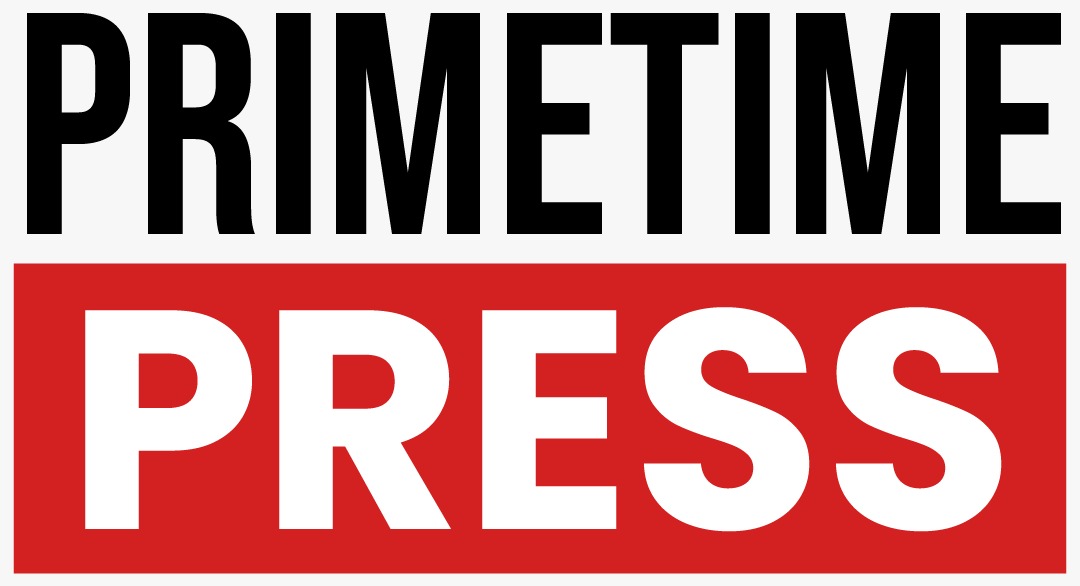The U.S. economy is exhibiting signs of deceleration, with recent data indicating potential challenges ahead. In June, private-sector employment experienced an unexpected decline, and consumer spending growth has slowed, raising concerns about the sustainability of economic momentum.
According to the ADP National Employment Report, private-sector employment decreased by 33,000 jobs in June, marking the first decline since March 2023. The losses were concentrated in white-collar industries, including professional and business services, as well as education and health services. This downturn contrasts with gains in manufacturing, construction, and leisure and hospitality sectors .
While the ADP report often diverges from the Bureau of Labor Statistics (BLS) data, it still provides valuable insights into labor market trends. Economists caution against overreacting to the ADP figures alone but acknowledge that both reports suggest easing labor market momentum .
Consumer spending, a key driver of the U.S. economy, has shown signs of weakening. In the first quarter of 2025, consumer spending rose by only 0.5%, a significant drop from the 4% growth observed in the previous quarter. May saw a rare 0.3% month-over-month decline in real consumer spending, with noticeable drops in durable goods like vehicles .
The slowdown in spending is attributed to various factors, including rising costs due to tariffs, slowing job and income growth, and increased economic uncertainty. Analysts warn that the consumer strength that previously sustained the economy may be waning.
The Bureau of Economic Analysis revised its estimate for the first quarter’s gross domestic product (GDP) to a 0.5% annualized decline, worse than earlier estimates. The downturn was largely driven by weakening consumer spending and a surge in imports as businesses and consumers rushed to purchase goods ahead of anticipated tariffs .
The Federal Reserve is closely monitoring these developments. The June jobs report, indicating a cooling labor market, supports the Fed’s cautious approach, likely maintaining its current interest rates through the summer. Fed Chair Jerome Powell emphasized data-dependence in future decisions, noting a gradual labor market cooling without significant weakness .
Economists project that the U.S. economy will experience modest growth in the second quarter, with estimates ranging from 2.9% to 3.4%. However, this apparent rebound is largely attributed to businesses front-loading imports ahead of impending tariffs, which may not reflect sustained economic strength .
Looking ahead, the economy faces several headwinds, including the impact of tariffs, policy uncertainty, and potential reductions in government spending. These factors could further dampen consumer and business confidence, potentially leading to a more pronounced slowdown in the latter half of the year.

